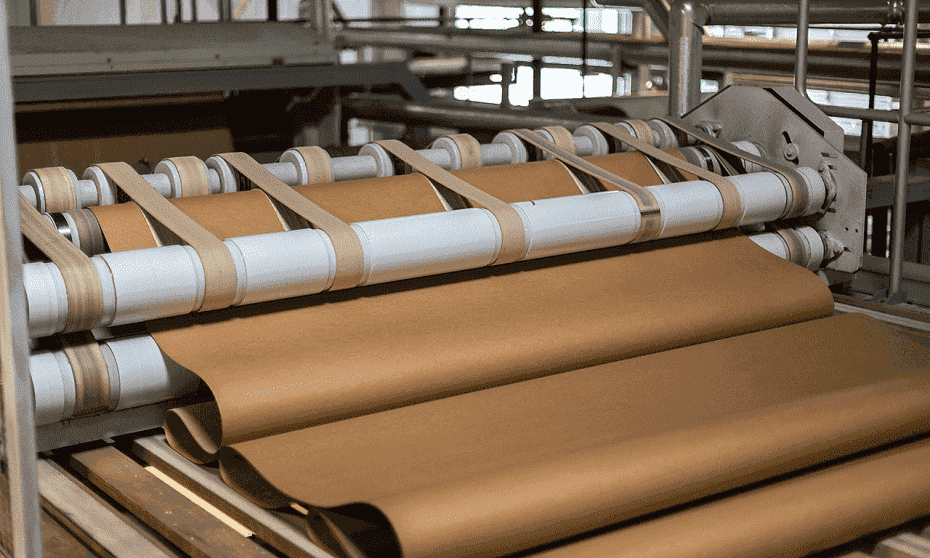Cardboard is an amazing material for Coffins

Cardboard is made through a multi-step process that primarily involves the following steps:
Raw Material Preparation: The main ingredient is wood pulp, which is sourced from trees. The wood is debarked and chipped into small pieces.
Pulping: The wood chips are cooked in a chemical solution to break down the fibres, creating a slurry of pulp. This can also be done using mechanical processes.
Cleaning and Refining: The pulp is washed to remove impurities and then refined to enhance the fibre quality.
Sheet Formation: The refined pulp is mixed with water and spread onto a moving screen to form sheets. The water drains away, leaving behind a mat of fibres.
Pressing and Drying: The wet sheets are pressed to remove more water and then dried using heated rollers to create a strong, flat sheet of paper.
Corrugating (for corrugated cardboard): For corrugated cardboard, sheets of paper are passed through a machine that flutes them (creates a wavy layer) and then glued between two flat sheets to add strength.
Cutting and Finishing: The large sheets are cut to size and can be printed or treated for various applications, like moisture resistance.
Packaging: Finally, the finished cardboard is bundled and shipped to manufacturers or retailers.
This process can vary slightly depending on the type of cardboard being produced, but these are the general steps involved!
Cardboard is an amazing material for several reasons:
Sustainability: It’s often made from recycled paper, making it an eco-friendly choice. It can also be recycled multiple times.
Lightweight: Cardboard is easy to handle and transport, which reduces shipping costs and energy consumption.
Versatility: It can be moulded into various shapes and sizes, making it ideal for packaging, crafts, and furniture.
Strength: Despite being lightweight, corrugated cardboard has impressive strength and can withstand significant pressure.
Cost-Effective: It’s inexpensive to produce and purchase, making it accessible for many applications.
Insulation: Cardboard provides good thermal insulation, making it useful in construction and packaging for temperature-sensitive items.
Printable: Its surface can be easily printed on, allowing for creative branding and design options.
Biodegradable: Cardboard breaks down naturally over time, reducing environmental impact compared to plastic.
These properties make cardboard a practical and popular choice in many industries!
Cardboard is a good material for coffins for several reasons:
Eco-Friendliness: Cardboard is biodegradable and made from renewable resources, making it an environmentally friendly option compared to traditional materials like metal or hardwood.
Cost-Effectiveness: Cardboard coffins are generally more affordable, making them accessible for families looking for budget-friendly burial options.
Lightweight: Being lightweight makes cardboard coffins easier to handle and transport, which can be important for both logistics and burial processes.
Customisability: Cardboard can be easily designed and decorated, allowing for personalization. Families can add photos, messages, or artwork, making the coffin a unique tribute.
Strength: While it may seem delicate, corrugated cardboard is surprisingly strong and can adequately support the weight of the deceased.
Simplicity: For many, choosing a simple cardboard coffin aligns with a desire for a more natural or minimalistic approach to burial.
Quick Production: Cardboard coffins can be produced quickly, which can be beneficial in time-sensitive situations.
These qualities make cardboard an appealing choice for those seeking a sustainable, cost-effective, and personalized option for funerals.
Recommended Posts

Why is choosing a coffin for someone so stressful?
April 16, 2025


